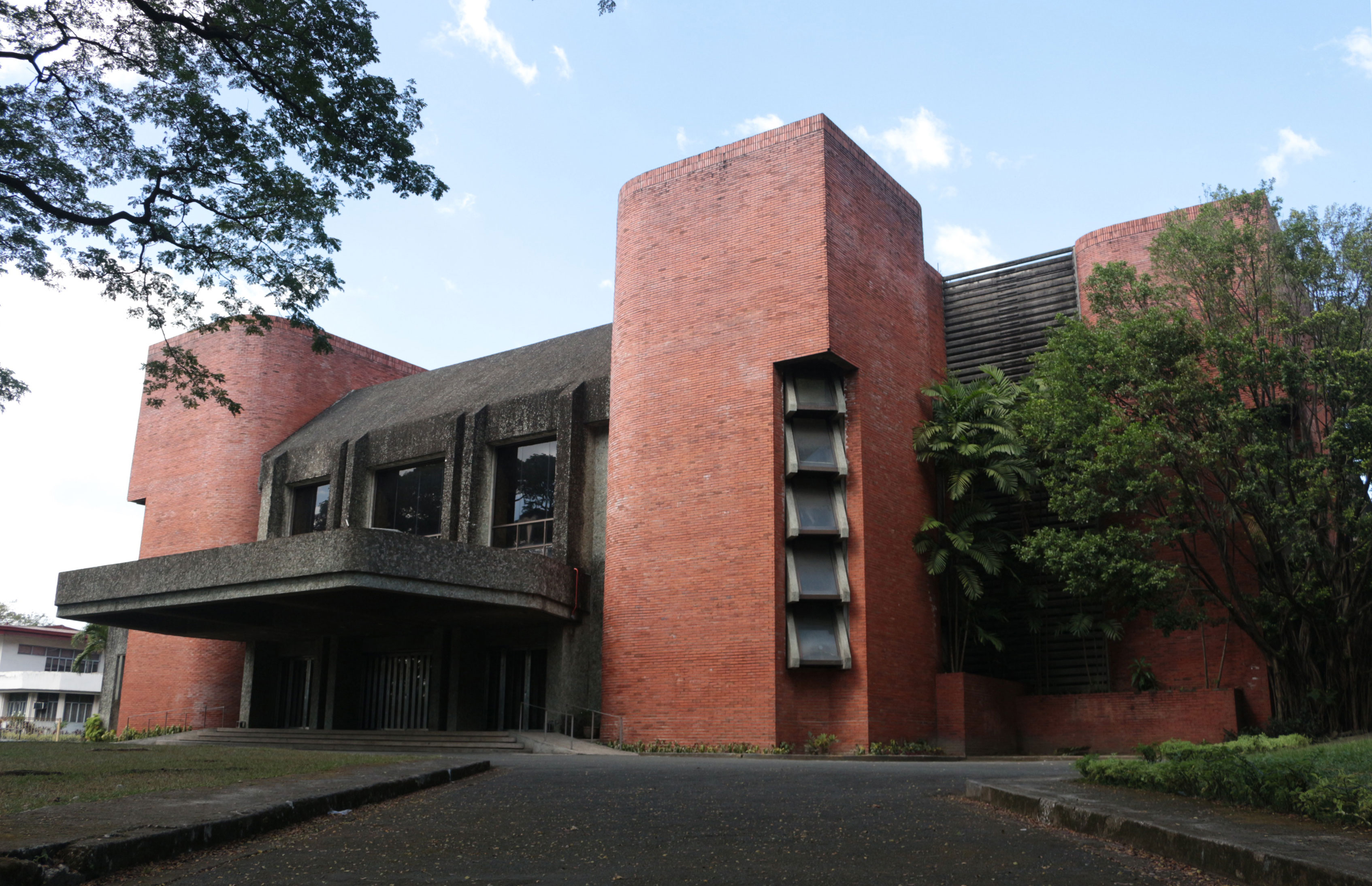All call: This is request for volunteers to come help with a production. It is typically a volunteer call to help with major set construction and, in the Gaddy Goodwin Teaching Theatre, rearranging of seating platforms.The name was originally coined by Carmen Mandley to indicate that all actors and all back stage volunteers should come and help.
Apron: The part of the stage closest to the audience.The area of the theatre that is located between the curtain and the orchestra pit.
Arbor: The part of the counter-weight system that holds steel weights.The weight of the arbor must match the weight of the batten. See also Fly Rail and Batten.
Batten: the pipes above the main stage that are the part of the counter-weight system on which scenery and lights are hung. (RLT’s are “truss battens” meaning that they are made of two pipes connected by flat steel). See also Fly Rail and Arbor.
Blocking: Direction given to actors as to where they should stand or move to during the course of the play.Actors are given these bits of direction during blocking rehearsals and they should, as Haskell would say,”write it down, write it down, write it down”.
Booth: Where the stage manager and usually sound and light crews are during the production.
Bump: The lights or sound on stage come on or go off without any delay, just like a switch.Also called a “zero count fade”. See also Fade.
Call Board: The bulletin board where everyone signs in and notices are posted (also known as sign-in board)
Call Time: The time that all actors and crew are expected to be at the theater.
Callbacks: The second round of auditions. Depending on the production, the director uses callbacks to select principal roles (having already selected chorus/ensemble during the first round), or the director uses callbacks to review his/her short list of potential cast members.
